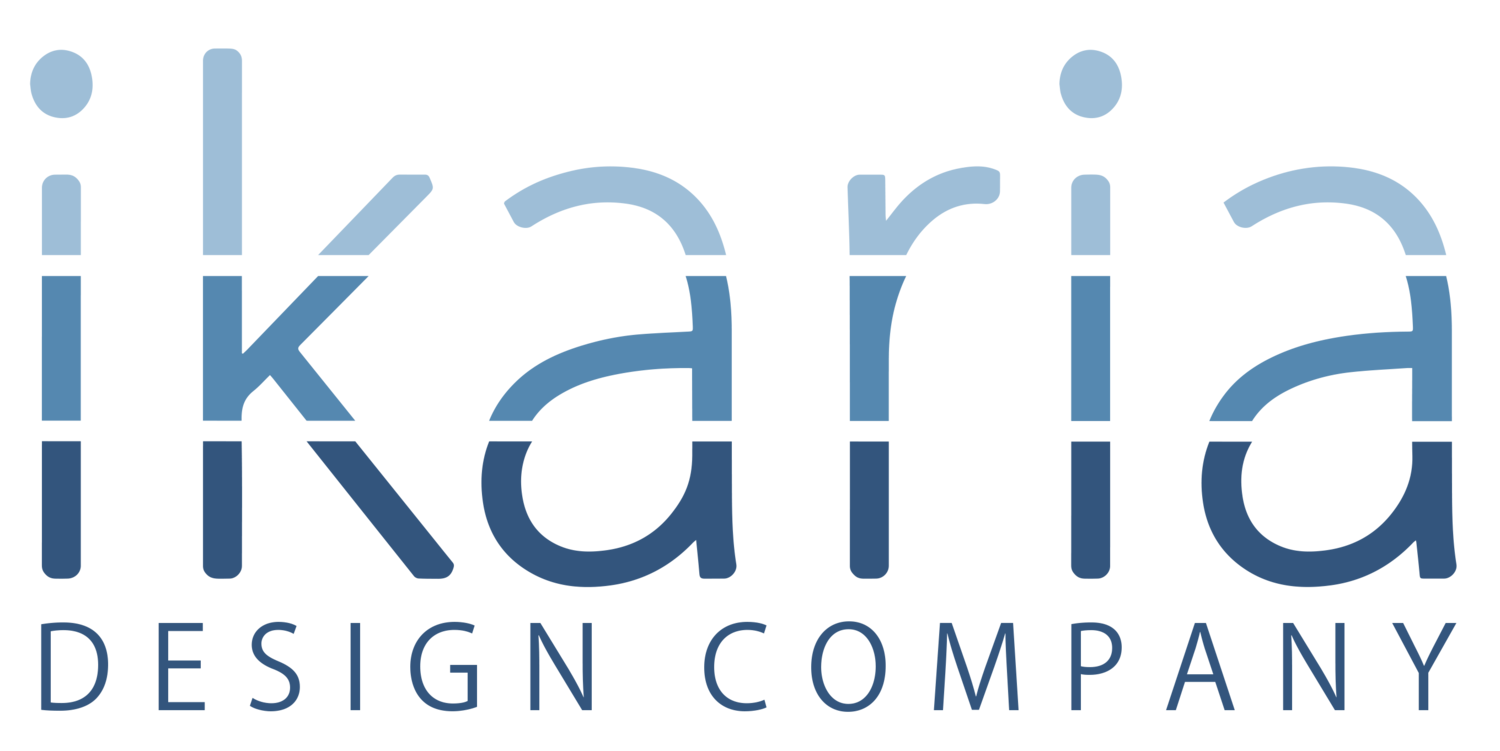Discovering the Roots of Procrastination
I often tell myself that procrastination would be easier to overcome if the activities with which I choose to procrastinate weren’t so enjoyable. It's only after I lift my head out of the zone of distraction that I realize I really wanted to be in that same flow state, but accomplishing something else. The anxiety about not achieving this flow state with the task I committed to doing is often what triggers my turning to the YouTube videos, the news scrolling, etc. When I fear that a two-minute task will turn into a project, or whether a call to customer service will stretch to 45 minutes, that’s when I’m likely to reach for anything else. The best days are when I can remember that this often elusive flow state depends on how I respond to any challenge, not what the particular challenge is.
One of my favorite Calvin and Hobbes cartoons captures this distress perfectly. It has Calvin using a time machine to get his past self to do the homework for him so he can play in the present. He’s annoyed to find that both his future and past selves had been hoping the same thing of him in the present.
In his book Atomic Habits, James Clear makes a good case for looking to our environment more than our willpower to find the leverage to follow through. He provides the data to help keep us from piling additional layers of shame with negative self-talk about weak willpower, lack of discipline, etc. Is the place where you plan to get most of your work done set up for success? Do you have the tools you’ll need at hand? Have you addressed all the dependencies (prerequisite steps)? Does the design and appointment of your workspace signal productive focus or cluttered distraction? Does the environment invite you or are there toxic reminders of unresolved drama, stress, and deferred decisions?
Having the best tools and systems in good order is half the battle against procrastination. If you resist sitting down at your workstation because you know that in short order your conventional office chair will cause you pain, that can be enough to fuel the resistance and feed the search for excuses to delay. Suddenly, staying informed about world events or organizing paper clips seem very important. Starting your day with a good exercise and stretch routine can go a long way toward keeping physical resistance at bay, even if you are working in a less than ideal setup.
James Clear points us to our environment as the key to satisfying execution because so much of our behavior is triggered by cues in our surroundings. The trick is to remove friction between now and the behaviors we want and increase the friction between now and the behaviors we want to avoid. At Ikaria Design we’ve worked really hard to create the tools that keep physical needs from hindering your mental focus. But there’s often an emotional component to procrastination that is just as pernicious. I’ve become increasingly aware of how my emotional landscape needs to be managed. It seems to be the case that the shortest distance across the emotional landscape is rarely the direct one. And I learned this acutely when my mother was still alive and burdened by a cluttered home.
During the later decades of my mother’s life, her disabling arthritis contributed to making a hoarding habit even more unmanageable. Even if she had been able to rein in her considerable emotional demons, she could no longer physically handle the piles and piles of paper and stuff. Once I committed to doing the physical sorting and hauling for her, I wasn’t going to make any progress unless I also finessed the landmines of her emotional landscape. I had to strategize about what ultimate outcome I desired and then offer her the input most likely to achieve that end. For example, as she was living in the midst of this hoarder’s paradise, she allowed me to throw out 20 years of National Inquirer magazines and stacks of junk mail of equal age, only after I had shown her that I was also preserving and organizing her volumes of handwritten lists, notes-to-self, scraps of ideas, and jottings from the news she wanted to remember and pass on to her children and grandchildren. All of these things were mixed together in waist-high piles throughout the house.
Though these notes-to-self ended up filling several filing cabinet drawers, it was worth it to be able to send bins and bins to the recycling center. And in the process, I also found some gems of family lore and history mixed in with the fundraising requests from Veterans of Foreign Wars and the World Wildlife Fund. I found that I could access the coveted flow state even while clearing out a hoarder’s home. Just as I thought I couldn’t sift another newspaper stack, I’d come across a long-lost photo, a stack of letters from my father, or an old report card.
Remembering that experience helps me navigate my own emotional landmines. Since then, I’ve managed to set up accountability buddies to deliver the same strategizing for me as I did for my mother. Now, when I'm faced with a project, I often ask myself, “am I likely to unearth an emotional minefield? Do I even know where those minefields are?” I’ve trained my colleagues to ask key questions so I can stay aware and alert to unverbalized dependencies that I create unconsciously, such as “I’ll do this once I get that done.” Or, “once I feel a certain way, it’ll be effortless.” I harbor a long list of these emotional dependencies. I’ve learned that I need to ignore them and remember that the coveted flow state is sitting there waiting for me in the midst of every task, just like those family gems tucked amidst my mother’s piles of hoarding.
